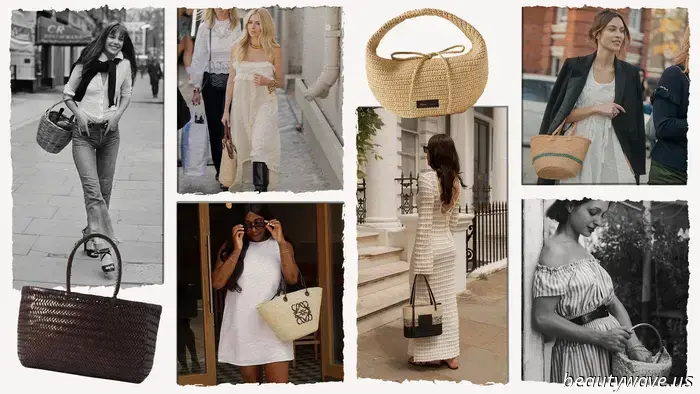
The Timeless Allure of the Basket Bag
When Jane Birkin began using a wicker picnic basket for her possessions in the late 1960s, it marked a significant shift. The history of basket bags goes back to Ancient Egypt, where weaving was crucial in communities from Ghana to Provence. However, Birkin transformed the basket from a utilitarian item for carrying goods into a stylish fashion statement, even showcasing one on the Cannes red carpet. Photos of Birkin with her baskets continue to inspire Pinterest users each summer, even six decades later.
Fast-forward to 2025, and basket bags have evolved into a vital product for every luxury fashion brand. Valentino's raffia Viva Superstar retails for £1390, a woven Loewe Puzzle bag is priced at £1350, and a Saint Laurent logo-embellished tote exceeds the £4000 mark. How has the simple basket transitioned from a practical shopping bag to an item with a hefty price tag?
Initially, brands like Los Doradas created woven bags as an affordable alternative to leather in the 1950s, following World War II when casual handbags gained popularity. This era saw designers experimenting with different materials due to a leather shortage; in 1947, Gucci launched its iconic bamboo bag with handles made from bamboo sourced from Japan.
Although these bags originated from necessity, they gradually became linked to resort fashion during the decade, as affluent individuals started using the "Nantucket bag" for beach outings. The bag's creator, weaver José Formoso Reyes, relocated to Nantucket after the war, adding lids, straps, and embellishments to traditional baskets, transforming them into handbags that became popular in chic coastal areas like the French Riviera. Currently, Reyes' original bags are valued between £3500 and £4700, underscoring their exclusivity.
As time went on, designers began to explore materials like straw, raffia, and woven fabrics. The Coach archives include early versions of basket bags with leather handles, while Dolce & Gabbana, Sonia Rykiel, and Jean Paul Gaultier also experimented with woven designs. In the spring/summer 2010 collection, Karl Lagerfeld unveiled a wicker Chanel bag featuring the brand's signature double CC logo, marking a pivotal moment in the luxury basket bag evolution.
Traditional basketweaving techniques also inspired Bottega Veneta's Intrecciato woven-leather bags, which celebrate their 50th anniversary this year. "In 1960s Italy, the market was characterized by heavy, rigid handbags," Barbara Zanin, Bottega Veneta’s director of craft and heritage, explained to Vogue. "[Our] designs were known for their softness—the bags were fluid, supple, and simple. The introduction of the Intrecciato gave them a fluidity, akin to fabric."
The true innovator in the realm of basket bags is undoubtedly Jonathan Anderson, who introduced the first Loewe basket bag in 2017. "I collect a lot of baskets myself, and we have many significant examples within the foundation," the designer said, expressing his admiration for weaving craftsmanship. The original Loewe bag features a traditional, hand-woven body made in Spain from raffia leaves, processed by artisans in Morocco, complemented by tan leather straps and a calfskin patch embossed with the brand's logo. Since then, Loewe has found inspiration in woven baskets globally and initiated the Weave, Restore, Renew program, which engages Spanish artisans to refurbish antique baskets, infusing them with a Loewe touch.
This handbag release was a tactical commercial move, allowing those unable to afford the brand's leather bags to purchase a Loewe bag that clearly represents the brand. Similar to designer fragrances and cosmetics, entry-level items significantly impact a brand’s overall profitability. Initially introduced in the spring/summer 2018 collection, Loewe basket bags started at £375, quickly becoming a staple in The Lyst Index of popular products, which led to a surge of imitation bags. By 2025, raffia remains a prominent element in Loewe's core offerings, with new updates each season as part of an ongoing collaboration with the Ibizan boutique, Paula’s. However, prices have increased due to heightened demand.
Today, it's more efficient to list luxury fashion houses that don’t produce a raffia bag than those that do. Recent notable examples include Jacquemus's oversized Le Grande Baci straw tote, which boasts cartoonish proportions, and Prada's raffia bag, released in a variety of vibrant hues along with classic neutral straw shades, which quickly became the summer's trending bag. Meanwhile, Saint Laurent's leather-trimmed raffia pieces regularly appear at Hotel du Cap near Cannes.
The rise of the basket bag aligns with a broader appreciation for craftsmanship and artisan skills. While wicker bags have become lucrative for luxury brands, they've also enabled lesser-known names to gain cult status. Dragon Diffusion exemplifies this success, as its sought-after bags are carried by numerous


















Other articles
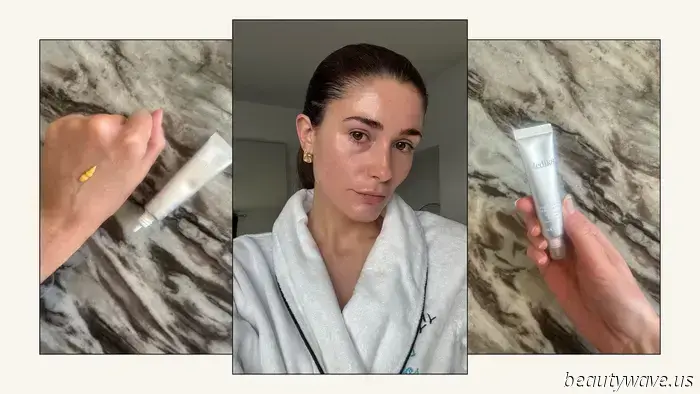 Dark Circles, Who? This Eye Cream Recommended by Derms Is the Most Remarkable Available
I have the images to confirm it.
Dark Circles, Who? This Eye Cream Recommended by Derms Is the Most Remarkable Available
I have the images to confirm it.
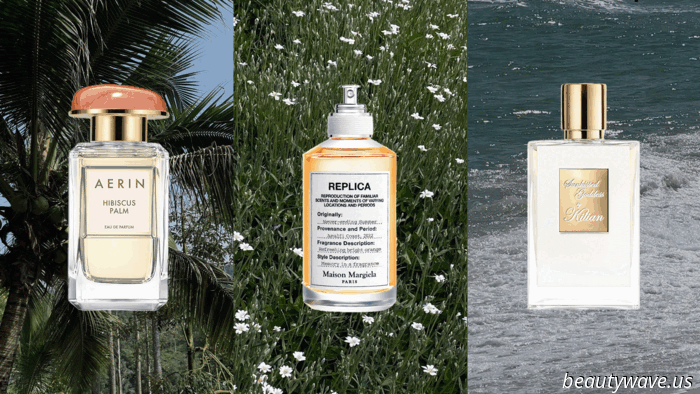 The Summer Fragrance Notes That Capture the Essence of a Vacation in a Bottle
Passport not needed.
The Summer Fragrance Notes That Capture the Essence of a Vacation in a Bottle
Passport not needed.
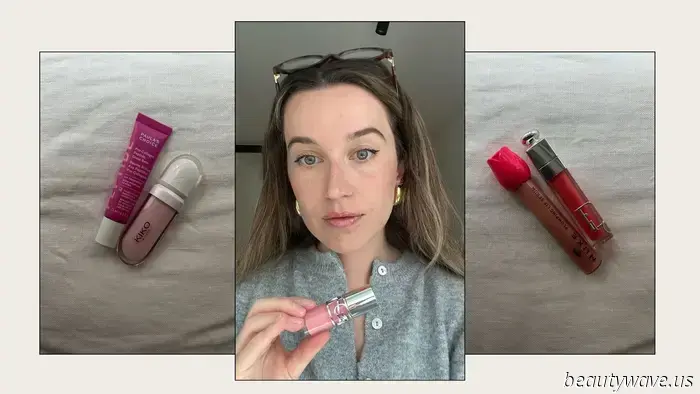 I canceled my lip filler appointment after trying out this much more affordable product.
Fuller lips in an instant.
I canceled my lip filler appointment after trying out this much more affordable product.
Fuller lips in an instant.
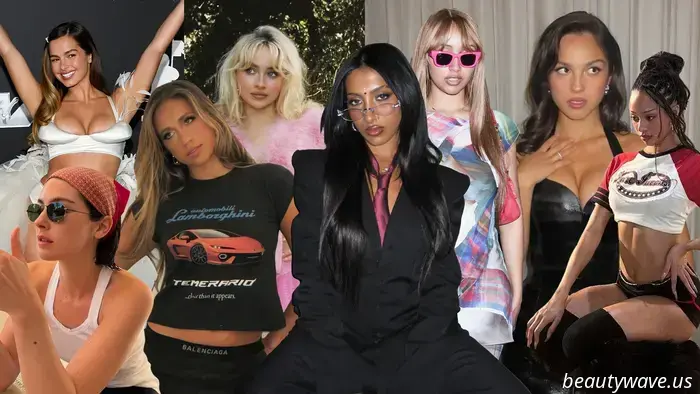 Low-rise, lacy, and a touch delusional: Introducing the Gen Z Pop Girl Summer.
Everyone with good taste is slipping on their headphones, rummaging through their closets, and mimicking the style of the Gen Z pop girls this summer.
Low-rise, lacy, and a touch delusional: Introducing the Gen Z Pop Girl Summer.
Everyone with good taste is slipping on their headphones, rummaging through their closets, and mimicking the style of the Gen Z pop girls this summer.
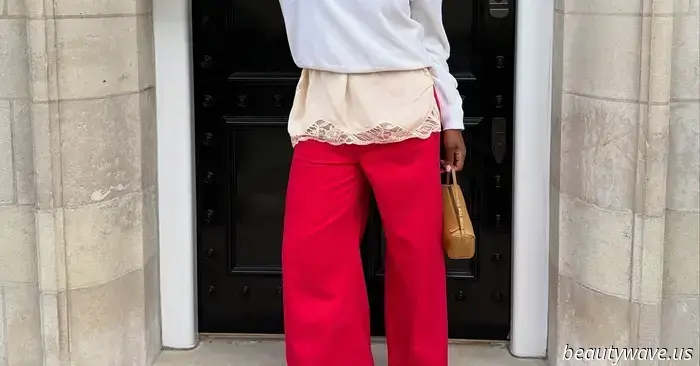 6 Unique Pant Trends That Fashion Enthusiasts Are Opting for Instead of Skirts and Shorts
Shorts and skirts are enjoyable, but when fashion enthusiasts opt for pants in 2025, these are the trends they'll be selecting.
6 Unique Pant Trends That Fashion Enthusiasts Are Opting for Instead of Skirts and Shorts
Shorts and skirts are enjoyable, but when fashion enthusiasts opt for pants in 2025, these are the trends they'll be selecting.
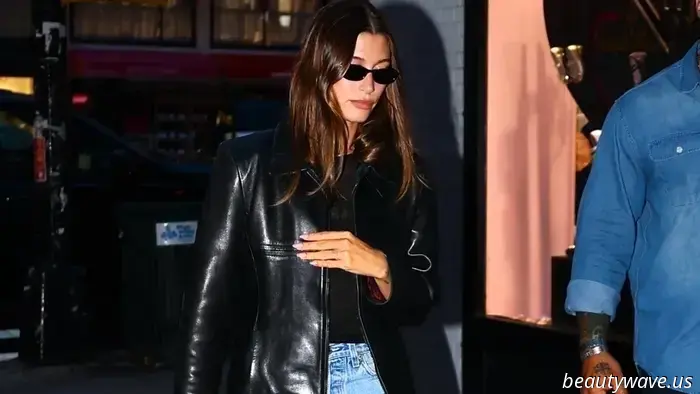 Hailey Bieber has already donned the denim ensembles that will characterize Fall 2025.
Autumn is just around the corner, and Hailey Bieber has already raised the standard for the trendiest denim looks. Check out and shop the must-have items inside.
Hailey Bieber has already donned the denim ensembles that will characterize Fall 2025.
Autumn is just around the corner, and Hailey Bieber has already raised the standard for the trendiest denim looks. Check out and shop the must-have items inside.
The Timeless Allure of the Basket Bag
What makes it the preferred carry-all in fashion? Let’s explore...
